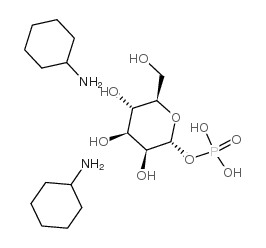| 结构式 | 名称/CAS号 | 全部文献 |
|---|---|---|
 |
ALPHA-D(+)MANNOSE 1-PHOSPHATE DI(MONOCYCLOHEXYLAMMONIUM) SALT
CAS:51306-17-3 |
| 结构式 | 名称/CAS号 | 全部文献 |
|---|---|---|
 |
ALPHA-D(+)MANNOSE 1-PHOSPHATE DI(MONOCYCLOHEXYLAMMONIUM) SALT
CAS:51306-17-3 |